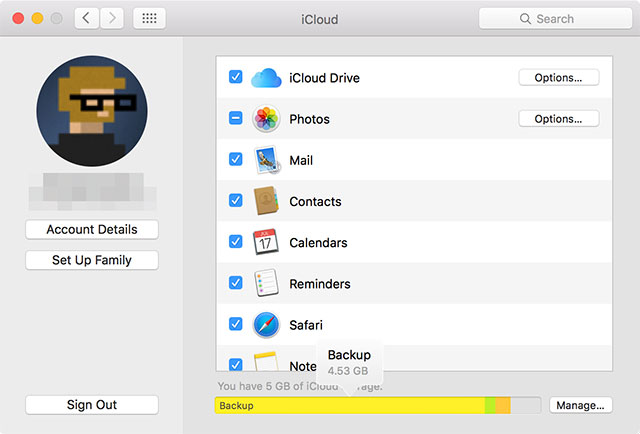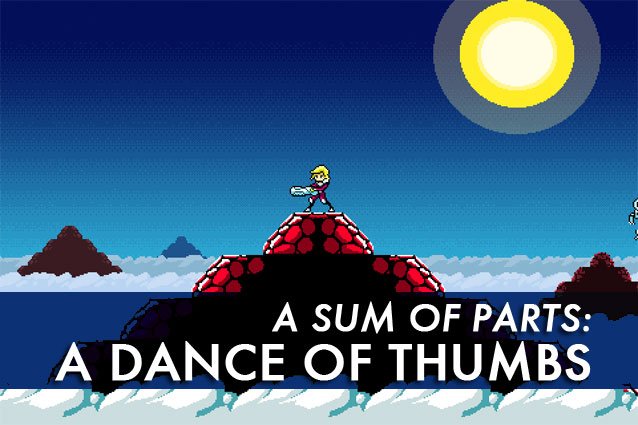

In the ancient art of matching coloured shapes, the tiles are usually dropped in from somewhere off the screen and the player has to get rid of them before they reach the top. In Samegame the screen starts out completely full and no more tiles are introduced. You can’t switch them around either. You’ve got to get rid of what’s already there by looking for two or more of the same colour, moving the cursor over them and pressing a button to make them vanish. The rest then shuffle along to fill the gaps.
If you plan it right you’ll have no odd singles left at the end, so you’ll empty the screen and go on to the next random pattern. The game will let you know whenever it becomes a physical impossibility to clear the board, forcing you to start again from scratch.
You can select from a few different board sizes, you can choose between three and five colours, and throw in some optional bombs that can clear unmatched tiles, making the game considerably easier. There are also five different backgrounds and assorted types of tile graphics, but the core game is always the same. Multiplayer support is provided for those who want to match blocks with a friend.
While there’s definitely some skill involved in figuring out where the blocks will shuffle to and how to score more points, it lacks the urgency and excitement of faster puzzle games. People who find Tetris too stressful might appreciate having as long as they like to stare at the board, but the tiny graphics wound up giving us a headache.
Apr 24, 2009




 4 Video Game Blogs You've Never Heard Of That You Should Read
4 Video Game Blogs You've Never Heard Of That You Should Read Dragon Ball XenoVerse How to: Gotenks Mentor Quest Guide
Dragon Ball XenoVerse How to: Gotenks Mentor Quest Guide Learn Online Marketing For 96% Off The Normal Price
Learn Online Marketing For 96% Off The Normal Price Destiny: The Taken King Guide On Things To Do After Reaching Level 40: Light Levels, Questing & More
Destiny: The Taken King Guide On Things To Do After Reaching Level 40: Light Levels, Questing & More Gold Guide for Repossession Mission in Grand Theft Auto 5 and Walkthrough
Gold Guide for Repossession Mission in Grand Theft Auto 5 and Walkthrough